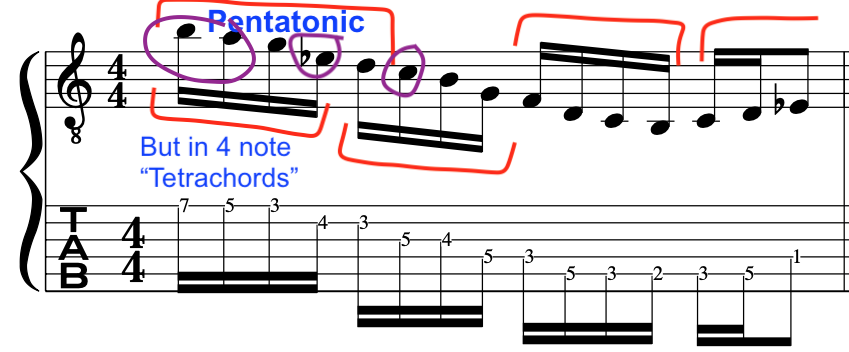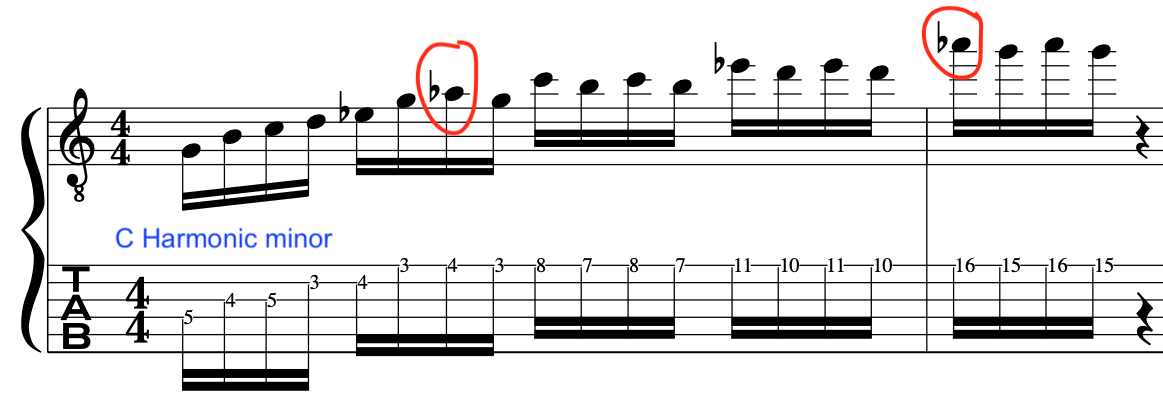
Please watch video above for detailed info:
Hi Guys,
Today, we will look at some alternate picking guitar technique exercises for jazz improvisation when double timing
We will exploit ii V7 I’s as a basis for honing our alternate picking skills whilst employing 4 note tetrachord groupings.
In the first exercise it’s a good idea to accent the third note in each four note grouping. We are also starting on a downstroke:



Here is the same exercise but with a variation in the second bar:


SEXTUPLETS EXERCISE:
The next exercise will employ groups of 6 notes called sextuplets: As an exercise we will start with an “Upstroke” this time. This will be played over an AmMaj7 pad:

First Part:
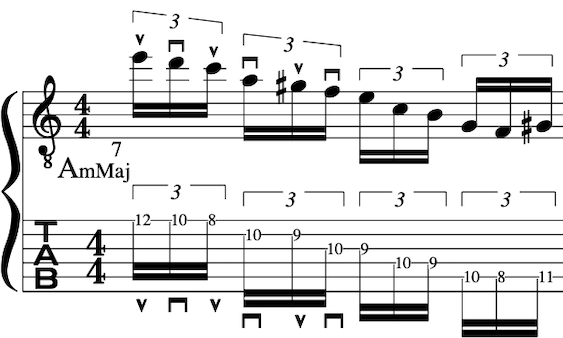
2nd Part:
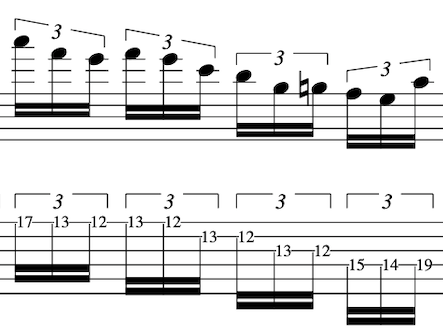
Full Exercise/Line:
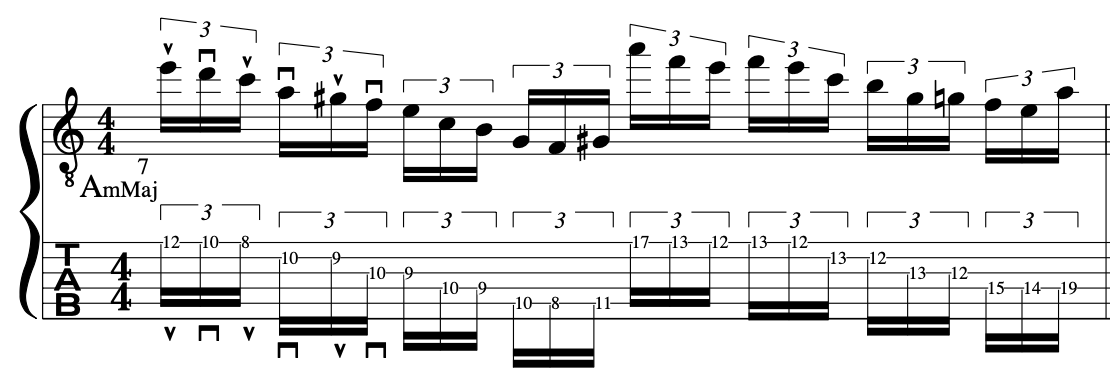
CHROMATICISM/PENTATONIC
The following exercise uses some chromatic movement that smoothly connects to pentatonic movement starting on a downstroke:


PENTATONIC/ARPEGGIO MOVEMENT
In our final exercise we will join together some of these principles.


In Conclusion
This was just a brief look at how to create alternate picking guitar exercises for improvisation through chord changes by applying simple patterns/fingerings that work naturally.
This was only around 140 bpm. But, this is essential before moving onto much quicker tempos with the alternate picking guitar technique.
With the 4 note “Tetrachord” groupings you will get fluidity through the changes. They will give you stability. They can then be broken up to create anticipation and syncopation-which will in turn create the natural expression of musical phrasing.
Free PDF DOWNLOAD:
IF THIS LESSON WAS OF USE TO YOU THEN PLEASE SUBSCRIBE TO US BELOW ON YOUTUBE, THANKS!














